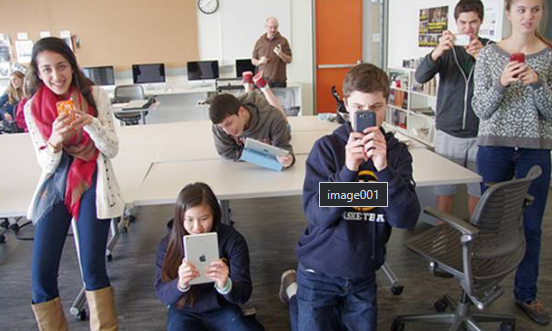Might it be said that you are a first-time parent invigorated at the earliest hint of your child’s formative achievements? Or, on the other hand, would you say you are a carefully prepared parent who needs to ensure their kid is on target? Notwithstanding where you stand, we present the best exercises for long-term olds that are an excellent method for investing some quality energy with your youngster while advancing their development and improvement.
Again read: q words for kids
Preschool Exercises for 3-Year-Olds for Social and Profound Turn of Events
Ball Games
Simple ball games like getting, spilling, and, surprisingly, bobbing the ball crazy are considered great formative exercises for long-term olds that can assist them with working on their gross coordinated abilities. On the off chance that you think briefly, they are likewise extraordinary ways of advancing your kid’s social and close-to-home turn of events. While playing with a ball, your youngster will learn how to share, alternate, and observe guidelines. These abilities are fundamental for their social and profound development.
These exercises for preschoolers will assist with figuring out how to share, alternate, and help others. Preschoolers likewise figure out how to foster a feeling of fair play when they play along with a ball.
Sing Great Habits Tunes
This can likewise be utilized as indoor exercises for long-term olds. Singing tunes about great habits with your kid is an extraordinary method for aiding them learn and recollect the fundamentals of courteous behavior. Moreover, these fundamentals will assist them with developing into composed and socially mindful people.
Do-It-Yourself Feelings Disclosure Jugs
5 plastic jugs with covers; 1 dark sharpie; little things to address various feelings, for example, pom poms or sparkles, googly eyes, or bits of folded paper; colors/paints; paste and scissors
Step-by-step instructions to play
Propelled by Disney Pixar’s Back to Front, these Do-It-Yourself feeling disclosure bottles are a tomfoolery and simple method for assisting your kid with grasping, expressing, and adapting to their feelings. This is the way you can make an:
Outrage Disclosure Container
Empty red paint into the container until it is about half full. Add little bits of dark paper to address outrage. Screw on the cover and shake well.
Euphoria Disclosure Jug
Empty yellow paint into the jug until it is about half full. Add little bits of sparkle to address satisfaction. Screw on the top and shake well.
Pity Revelation Container
Empty blue paint into the container until it is about half full. Add little bits of folded paper to address bitterness. Screw on the top and shake well.
Dread Disclosure Container
Empty green paint into the jug until it is about half full. Add little bits of googly eyes to address dread. Screw on the cover and shake well.
Disdain Revelation Container
Empty earthy-colored paint into the container until it is about half full. Add little bits of pom poms to address disdain. Screw on the top and shake well.
You can examine what tones and things to address various feelings with your kid. You can likewise discuss when they feel various feelings and how they might adapt to them.
Abilities your preschooler will acquire:
Making these Do-It-Yourself feelings disclosure bottles with your kid is an extraordinary method for assisting them with understanding their feelings and how to manage them. Likewise, a great movement will permit them to communicate their thoughts imaginatively.
Model Great Discourse
One of the most incredible ways of empowering your youngster’s discourse and language advancement is to display great discourse yourself. At the point when you converse with your kid, utilize clear and straightforward words. You can rehash the words your kid says and add to it. For instance, assuming your kid says, “I went outside,” you can say, “OK, you went outside to play.” If your kid requests juice, you might say, “Do you need juice? I have squeezed apple and squeezed orange. Which one would you like?” You can likewise utilize props and signals to assist your kid with understanding what you are talking about. For instance, if you are discussing a canine, you can make a yapping sound and sway your fingers in the air.
While child talk is alright whenever utilized, consistently follow it up with grown-up words and expressions. For instance, if your kid focuses on a canine and says, “Woof,” you can say, “OK, that is a canine. It says ‘woof.'”
You can likewise call attention to things around you and name them. For instance, “That is a tree. Look how tall it is! Perceive how green its leaves are.”
Monkey See, Monkey Do
This game is about looks. Looks are a crucial piece of non-verbal correspondence, which structures 60-65% of all correspondence. They can assist with conveying sentiments and feelings, as well as add significance to what we say.
To play, pick a look and have your youngster impersonate it. For instance, you can stand out your tongue, cause a commotion, or open your eyes wide. When your youngster has made a similar look, request that they portray what they did. For instance, “I stood out my tongue. Did you perceive how far I could make it happen? My tongue is long and vile!”
You can request that your kid make a specific look and depict what feeling or feeling it shows. For instance, “Could you at any point make a shocked face? The face’s meaning could be a little clearer. Believe it or not, it implies you’re amazed!”


